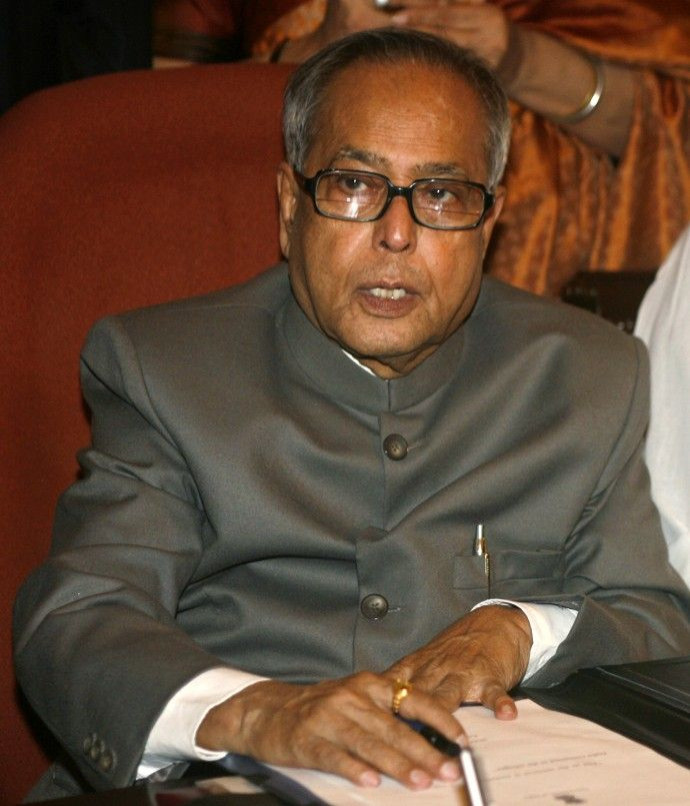Pranab unveils budget, dismisses policy drift worries

Finance Minister Pranab Mukherjee announced on Monday a food security bill for 2011/12, a budget measure that would provide cheap grains for millions of India's poor but which has sparked worries over its huge cost.
It was part of a slew of increased social spending in the annual budget as Prime Minister Manmohan Singh confronts high prices and corruption scandals as well as elections in five states this year.
In his ongoing budget speech, Mukherjee said social spending would rise by 17 percent in 2011-12. That includes health spending, which would rise 20 percent in the fiscal year starting April 1.
But the government hopes bouyant tax revenues from near-nine percent economic growth will keep fiscal deficit falling to 5.1 percent of GDP this fiscal year and to 4.6 percent of GDP in 2011/12 - figures widely seen as too optimistic.
Both the borrowing and fiscal deficit numbers have been worked out taking into account the most optimistic macro-economic scenarios, which in all likelihood is not going to be the real situation. said Rupa Rege Nitsure, chief economist at Bank of Baroda in Mumbai.
There were few of the reforms, like allowing foreign investment in the modern supermarket sector, that many investors had hoped to improve productivity and help India compete with the likes of China.
At times the biggest reforms are not the ones that make headlines, but the ones concerned with details of governance which affect the everyday life of the common man, Mukherjee told parliament
In preparing this year's budget, I have been deeply conscious of this fact.
It appeared that ruling Congress party chief Sonia Gandhi and her more leftist advisors had won over reformists like the beleagured prime minister who is engulfed in corruption scandals.
That helped the rupee strengthen to 45.21 per dollar from 45.25 per dollar. India's main stock index extended gains to more than 1 percent during the start of his speech.
Moves to bolster development of India's infrastructure are also expected. Inadequate power, roads and other infrastructure act as bottlenecks to growth and push up costs.
DEFICITS AND SUBSIDIES
On Friday, a government survey forecast a fiscal deficit for the current fiscal year of 4.8 percent of GDP -- far better than the 5.5 percent target, thanks to $23 billion in telecom licence revenue and a surge in growth that boosted tax receipts and enabled higher-than-budgeted spending.
The survey forecast a fiscal deficit of 4.8 percent for the next fiscal year. Some economists say the figure is optimistic given the absence of one-time gains from the telecom licence sales and the prospect that India's subsidy burden could swell if oil prices stay above $100 per barrel and New Delhi continues to subsidise diesel and cooking fuels.
Some economists also expect a slowdown in growth in the new year, which would make the deficit target harder to reach.
New Delhi is likely to announce plans to borrow about 4.5 trillion rupees ($99.3 billion) from the bond market in the new fiscal year, roughly in line with the current year's borrowing, a Reuters poll found.
India is in a bind over inflation, which has prompted street protests and drawn criticism from the opposition. Food and fuel subsidies are popular with voters and help offset inflation but add to India's fiscal burden.
Deutsche Bank forecast subsidies in the current fiscal year would reach 2.5 percent of GDP, above New Delhi's target of 1.8 percent. It expects the subsidy burden in the next fiscal year ending in March 2012 to rise to 3 percent of GDP.
© Copyright Thomson Reuters 2024. All rights reserved.





















